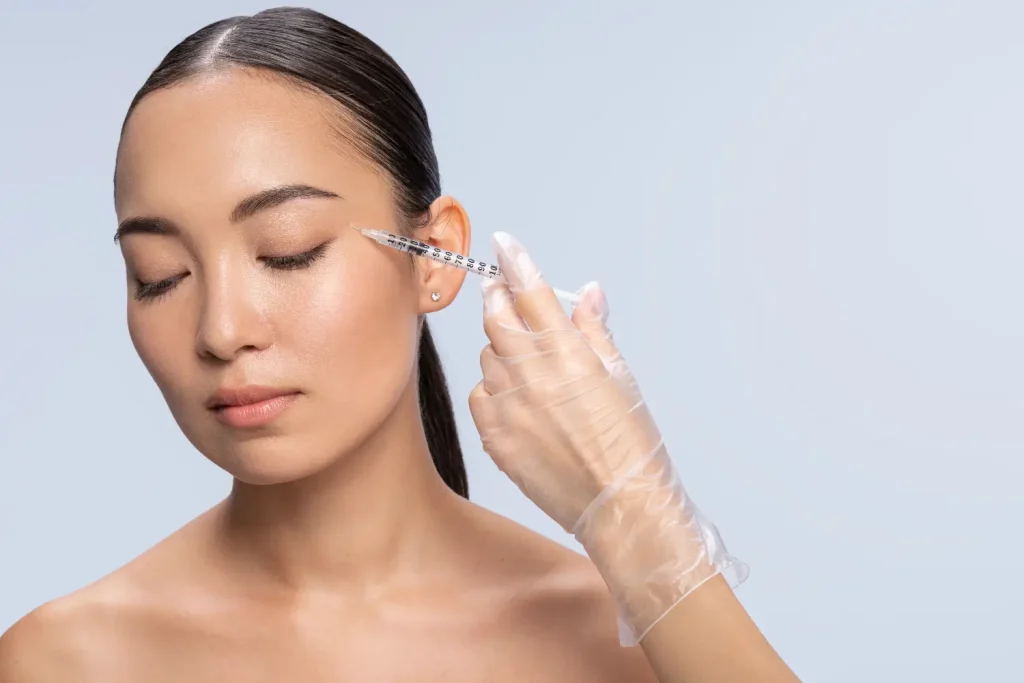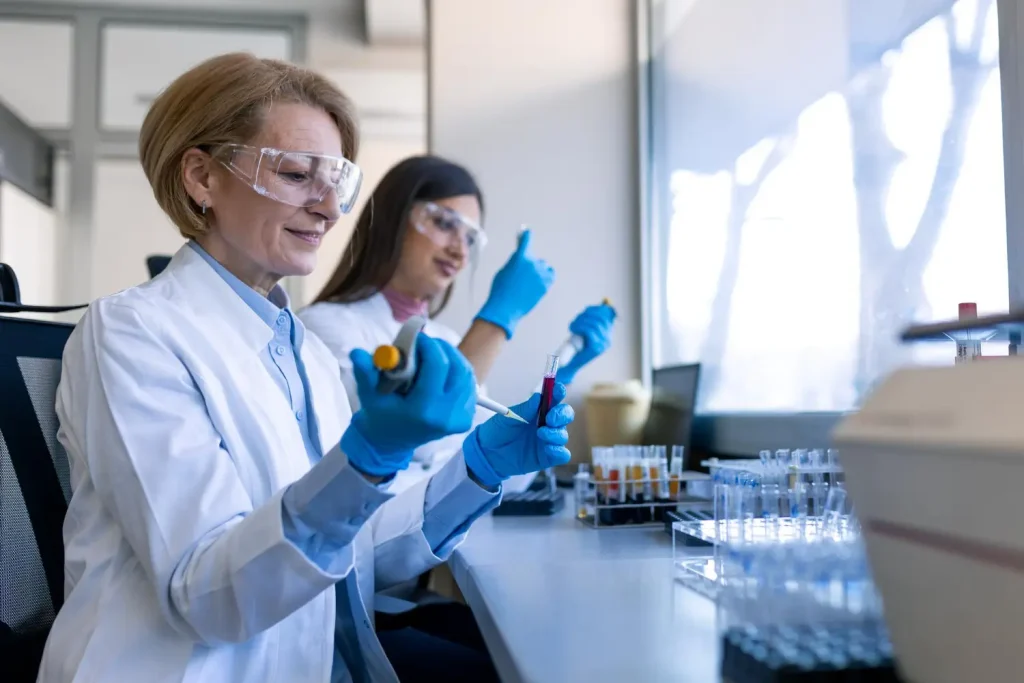Our largest organ, the skin covers the entire body. It is constantly exposed to the environment and people often notice changes in their skin health and quality as their surroundings shift. The skin is surprisingly sensitive to changes in the weather, including temperature and humidity. To avoid the eruption of skin issues such as acne, psoriasis, eczema, and rosacea, it is advised to adjust your skincare regimen. There are many skincare products available offering different levels of moisture content, thickness, and medicinal ingredients to alleviate skin conditions. Clinical and aesthetic treatments can be adjusted to match the seasons as well.
Understanding the Skin’s Structure and Function
The skin comprises two layers – the epidermis and dermis. On top, the epidermis is made up of compacted epithelial cells. This layer is what keeps out all the harmful components of the environment, such as bacteria and UV radiation. The stratum corneum can be found on the outermost layer of the epidermis, and is made up of tougher keratinocytes. It also contains melanocytes, which are responsible for melanin production when they are exposed to UV radiation or receive hormonal stimulation.
Below, the dermis is made up of connective tissue and houses blood vessels, hair follicles, sebaceous glands, and nerve endings. All of these structures are in close proximity to the surface of the skin. The flexibility and strength of the skin is owed to collagen and elastin, which thicken this layer. Finally, the hypodermis is found beneath the dermis. It contains looser connective tissue and fat tissue.
Skin Changes with the Seasons
In the British Journal of Dermatology, a recently published study states that the barrier function of the skin changes from summer to winter. In the study, researchers examined variable such as natural moisturizing factors (NMFs) and skin texture, which are susceptible to changes at the cellular level. They examined the cheek and hand skin of 80 patients throughout the seasons. Both variables showed changes in both locations, and researchers also found changes in corneocyte texture and the increased breakdown of the protein filaggrin, which supports barrier function.
Some characteristic changes that occur in the summer are increases in sebum production and pigmentation in those who spend time in the sun. In contrast, trans-epidermal water loss (TEWL) is much lower, so the skin retains its moisture. Thus, more of the beneficial lipids remain in the stratum corneum in the summer than in the winter.
Warm Weather
The sun shines more intensely in the summer in many countries, and there are both benefits and dangers of sun exposure. Vitamin D is produced when the skin is exposed to UV radiation – this is beneficial for those where winters are long and dark, which reduces natural production of this crucial vitamin. There are ways to safely produce vitamin D – people can expose their skin (without sunscreen) for short periods of time between 11:00 a.m. and 3:00 p.m. Limbs can be exposed for up to 30 minutes, but the face should always be covered, as sun exposure can hasten aging. Vitamin D supports many important cellular functions, including differentiation and proliferation, as well as cutaneous immune function. Deficiencies in vitamin D have been linked to skin cancer and acne. The sun can cause changes in pigmentation, and those receiving laser or plasma treatments or using harsh chemical peels are susceptible to post-inflammatory hyperpigmentation (PIH). Melasma becomes more noticeable in the summer but can be minimized with diligent use of SPF and avoiding the heat.
Higher temperatures can also cause excessive sebum production, which mixes with sweat to create a slick layer on the skin. This can worsen acne, but many people note improvement as well as there is less dry dead skin available to clog the pores. Eczema and psoriasis also tend to improve in the summer. In contrast, fungal infections may increase in numbers due to hot and humid conditions, and the sun may increase redness, worsening rosacea. Rashes may also occur in those using photosensitizing medications.
Treatments
Patients should avoid aggressive treatments during the summer, including retinols, lasers, chemical peels, and plasma treatments, as they can cause PIH. Instead, they can opt for sun protection, and oil controlling cleansers to reduce sebum production. An antioxidant serum will take care of any free radicals generated through UV exposure. Salicylic acid is particularly effective for acne-prone people as it removes excess sebum. Mandelic acid can be used in place of chemical peels because it acts as a mild alpha hydroxy acid and is less likely to cause irritation and sensitivity.
Cold Weather
Winter presents its own set of challenges for the skin. Temperatures change quickly as we move from indoors to outdoors. Our capillaries respond by expanding and contracting, which contributes to redness and telangiectasia. Barrier function is more likely to be compromised in colder months due to constant exposure to wet and snowy weather. Furthermore, cold air promotes TEWL, leaving people with dryer, flakier skin. Dry central heating adds to this, resulting in irritation and dryness that can be difficult to manage.
Treatments
During colder months, patients should take measures to increase the moisture content of the skin as this supports a healthier epidermis. Key ingredients that are particularly beneficial in the winter include ceramides and hyaluronic acid, as these can repair the damaged moisture barrier. If people experience dryness, irritation, and itching, colloidal oatmeal is a great soothing ingredient found in many creams. Winter may be a better time for more rigorous aesthetic treatments as there is less risk of complications. Peels and laser treatments are better tolerated if people spend the autumn months preparing their skin with retinols. Finally, sunscreen should continue to used into the winter months as sun damage is still a risk outdoors.
Summary
Temperature, humidity, and sun intensity, these are all factors which change throughout the seasons, creating changes in our most exposed organ of the body: skin. There are numerous ways anybody with any skin type can prepare for the changes of the seasons, reducing chances of developing skin irritation and similar unpleasant complications. Understanding the skin’s physiology and stopping disease progression ahead of time, before it worsens, by seeking medical help are also important steps to take in preventing damage. With these tips and products in mind, which can be used in combination with fillers like Sculptra, the skin can be prepared for the summer and winter, ahead of time, in the spring and fall, correspondingly.





















